- the paper proposes a formal model to describe how surfaces/media respond to incident radiation
- introduces a hybrid matter model for a locally stationary stochastic process
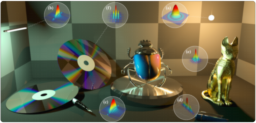
- the Vulkan tutorial shows how to use the Vulkan VK_NV_ray_tracing_motion_blur extension (exposed by Nvidia)
- shows how to extend a static ray tracer implementation with the necessary information to support motion(blur)
- contains API extensions for time-dependent tracing, motion support in acceleration structures, and support for changing vertex positions
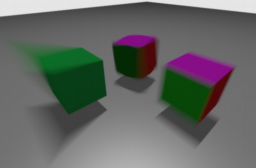
- the article presents a derivation of new color spaces designed for more uniform color picker behavior
- discusses the different tradeoffs and how a perfect solution is not possible
- presents an overview of existing methods (HSV, HSL, HSLuv), discussing the tradeoffs, weaknesses, and strengths
- additionally provides an interactive implementation of all the color pickers
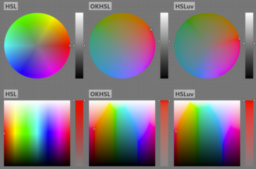
- the article presents a method for the rendering of static Constructive solid geometry SDFs
- breaks down an SDF into several sub-trees, with shader specialization for each
- requires a static source SDF; however, it could still change positions
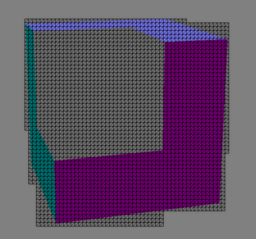
- article introduces a prototyping system aimed at making multi-pass shader experiments easier
- implemented using Rust and GLSL
- presents how to implement several systems such as a path tracer, the game of life using the system
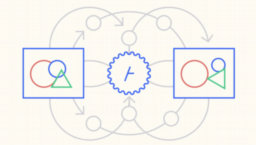
- signup and schedule for the Vulkanised conference has been published
- combination of talks and Vulkan layer authoring tutorials

- the article presents a look at the making of the fog lost in random
- shows how the visual style was achieved
- based on volumetric or screenspace fog based on the platform capabilities

- the paper introduces a new metric, CaMoJAB
- this considers how the judder, aliasing, and blur artifacts introduced by VRS are masked by the sensitivity limits of the visual system
- presents how to use the metric to derive VRS shading rate as well as required refresh rates

Thanks to Warren Moore for support of this series.
Would you like to see your name here too? Become a Patreon of this series.